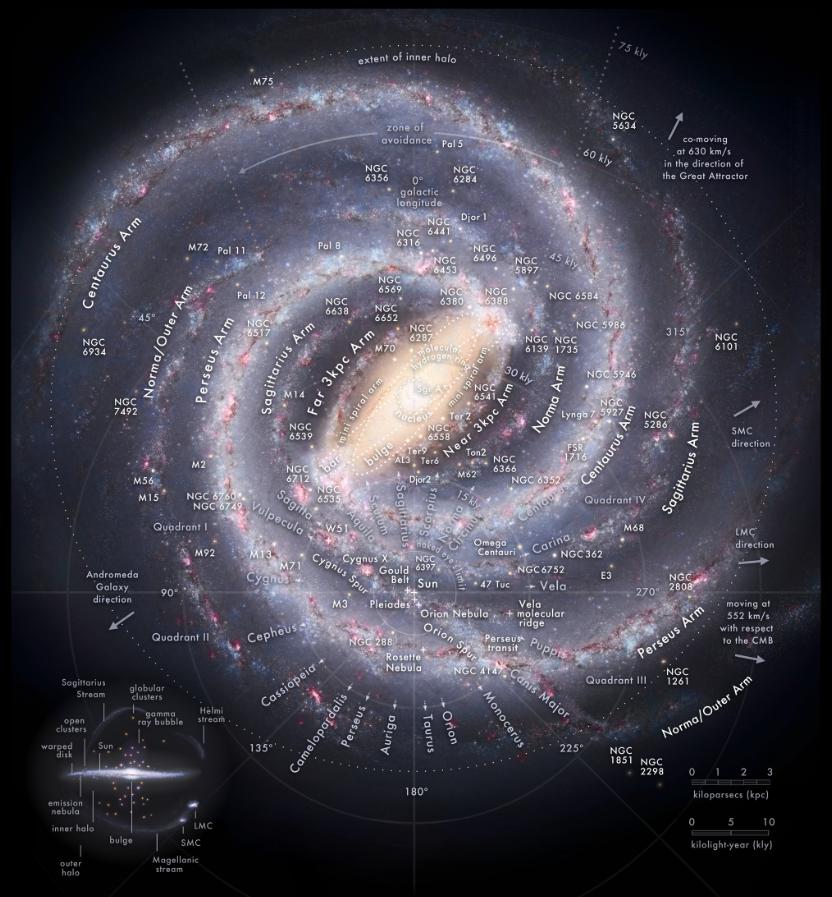This is actually a really good idea!
The great thing about supermassive black holes like A* is that they’re basically impossible to stop - imagine trying to stop our Sun from rotating, and then magnifying the required effort by several orders of magnitude. As it turns out, rotating black holes are very real and of interest for study because they deform spacetime in a very special way. Specifically, they “pull” spacetime in the direction that they’re rotating - this is known as the Lense-Thirring effect and has been measured with extremely high precision by such spacecraft as Gravity Probe B.
What I think you’re asking is whether or not the rotation of a black hole can be accurately quantified if it exists at all. The answer is that, yes, it can be quantified, and it can be specifically measured by observing how spacetime is deformed by the black hole. Rotating black holes cause eccentric orbits around them to precess, so by observing Sagittarius A*’s orbiting stars, we can determine that it’s rotational velocity is around 60% of the maximum value, so how long is a “Sagittarius A* day”?
The maximum value is the greatest value of angular momentum $J$ such that
$$\frac{c^2J^2}{GM^2}\le GM^2,$$
where $J$ is the rotational parameter, $c$ is the speed of light (exactly $299,792,458$), and G is Newton’s gravitational constant (about equal to $6.6743\cdot10^{-11}$). In other words,
$$c^2J^2\le G^2M^4,$$
$$Jc\le GM^2,$$
$$J=\omega m\le \frac{GM^2}{c},$$
$$\omega=\frac{GM}{c}.$$
Plugging in the numbers and taking 60% of that maximum value, this gives a rough estimate of Sagittarius A*’s angular speed (radians per second) of about $1.14\cdot 10^{18}$. Cooooool.
This gives a period of about $1.4\cdot 10^{-19}$ seconds. A* will not be a “day counter”, but more of an extremely precise computer clock that can synchronize two systems across great distance.
You do have the technology to accurately count to a trillion trillion in about a second … right?


